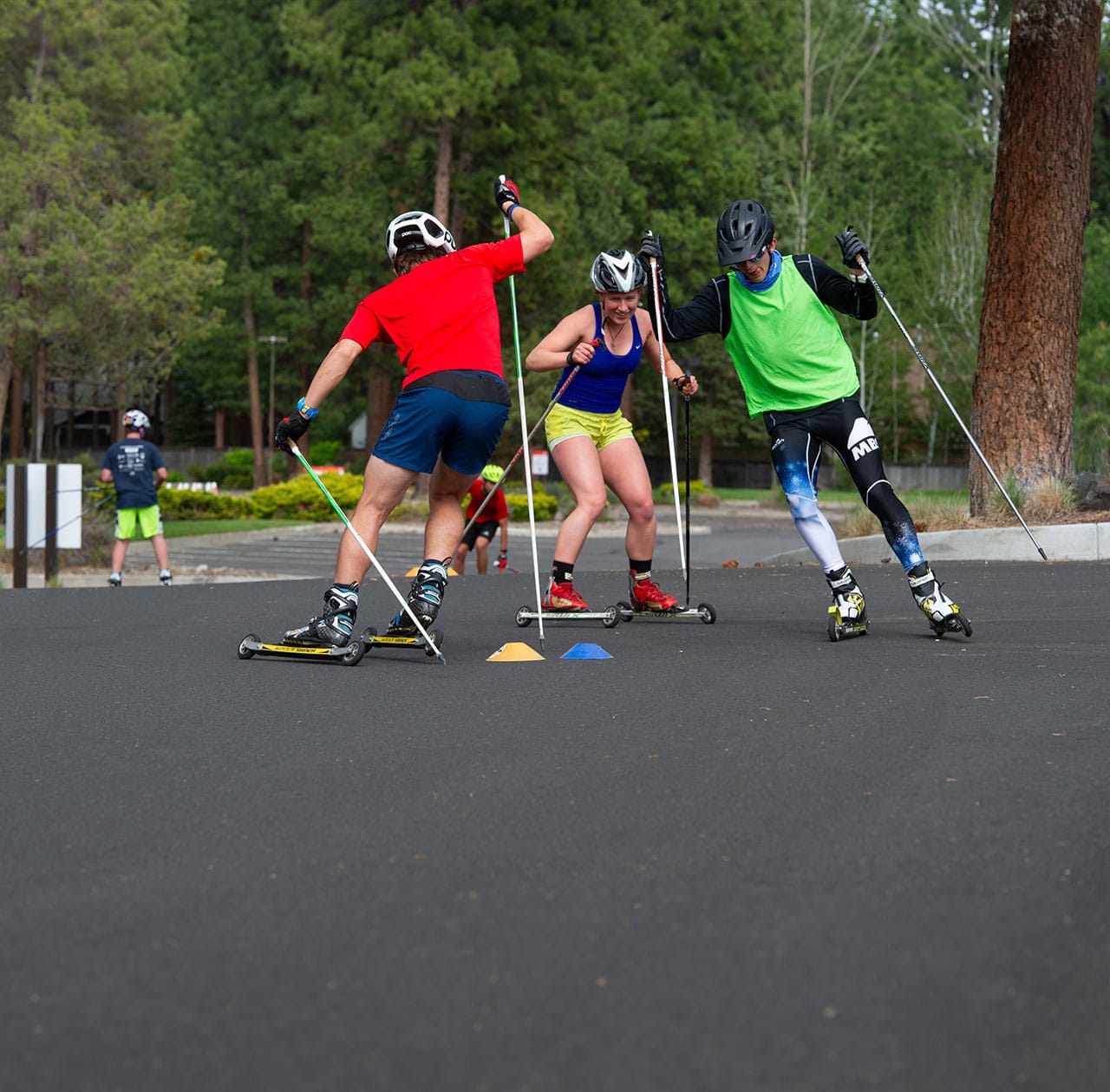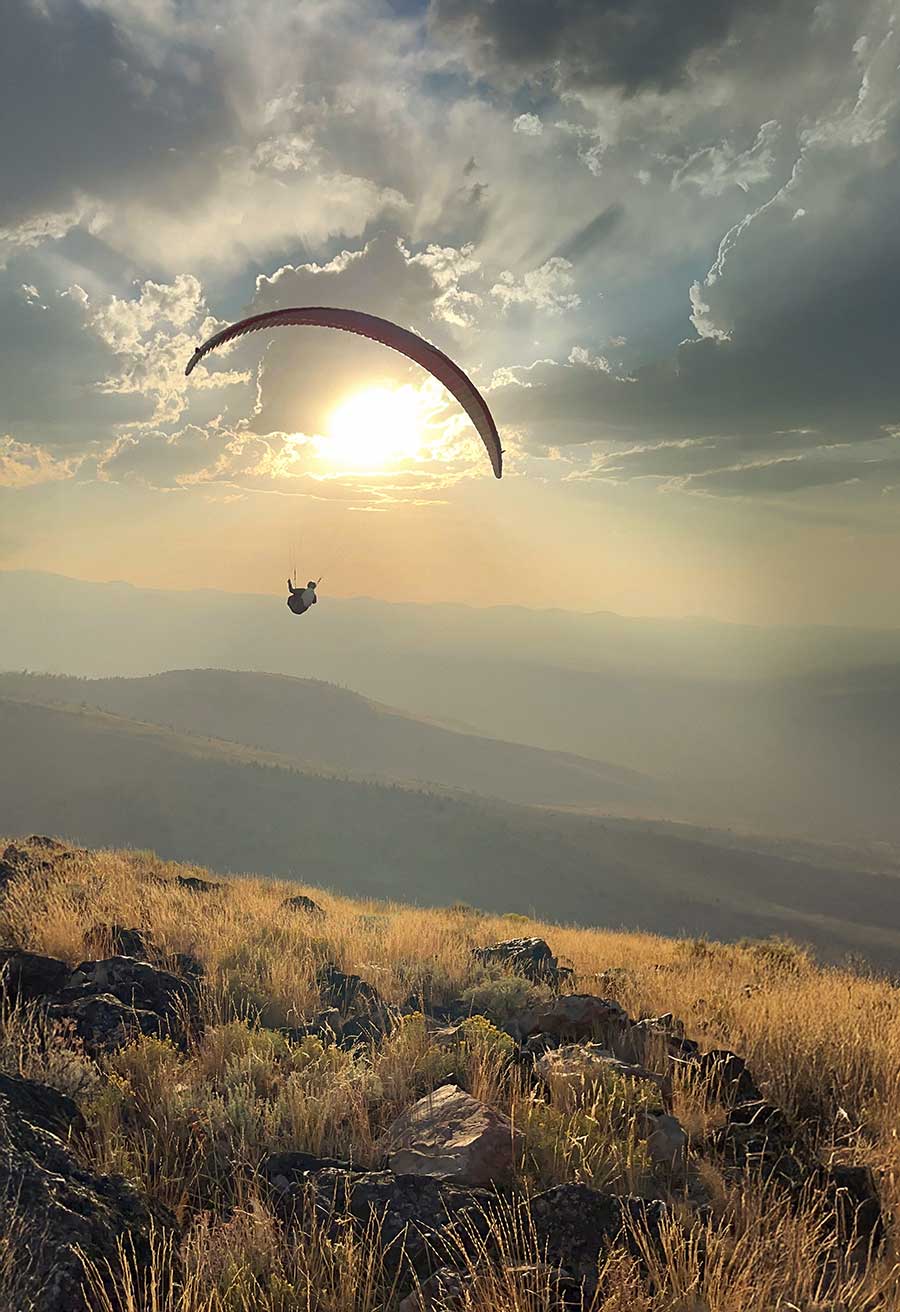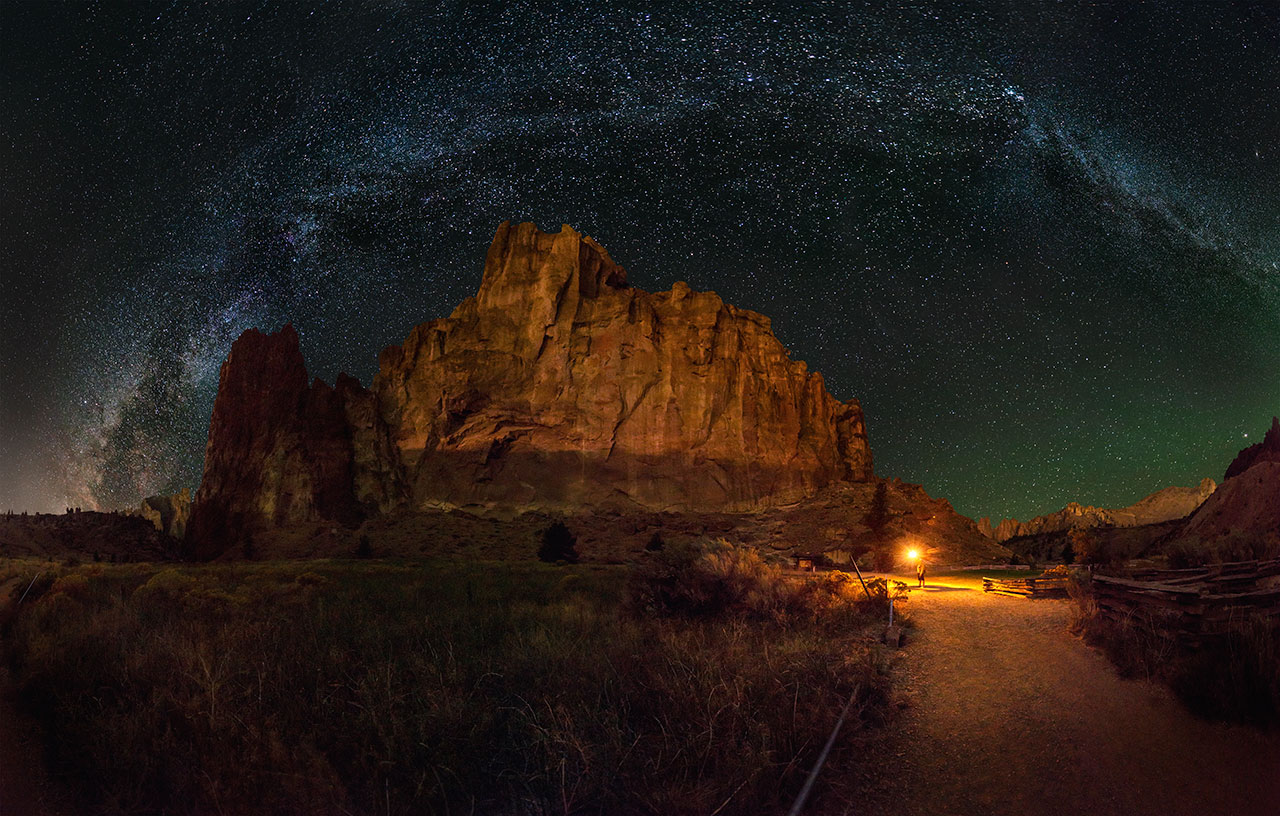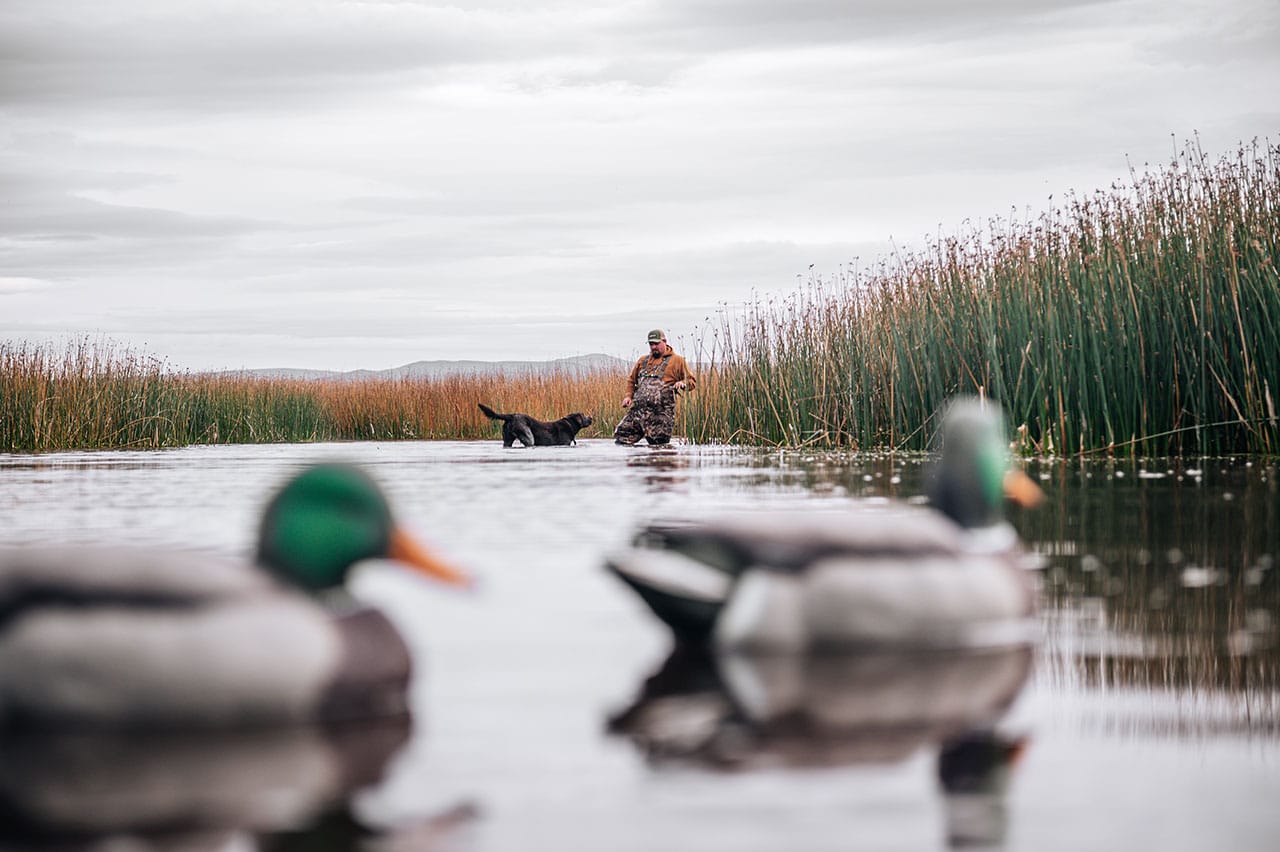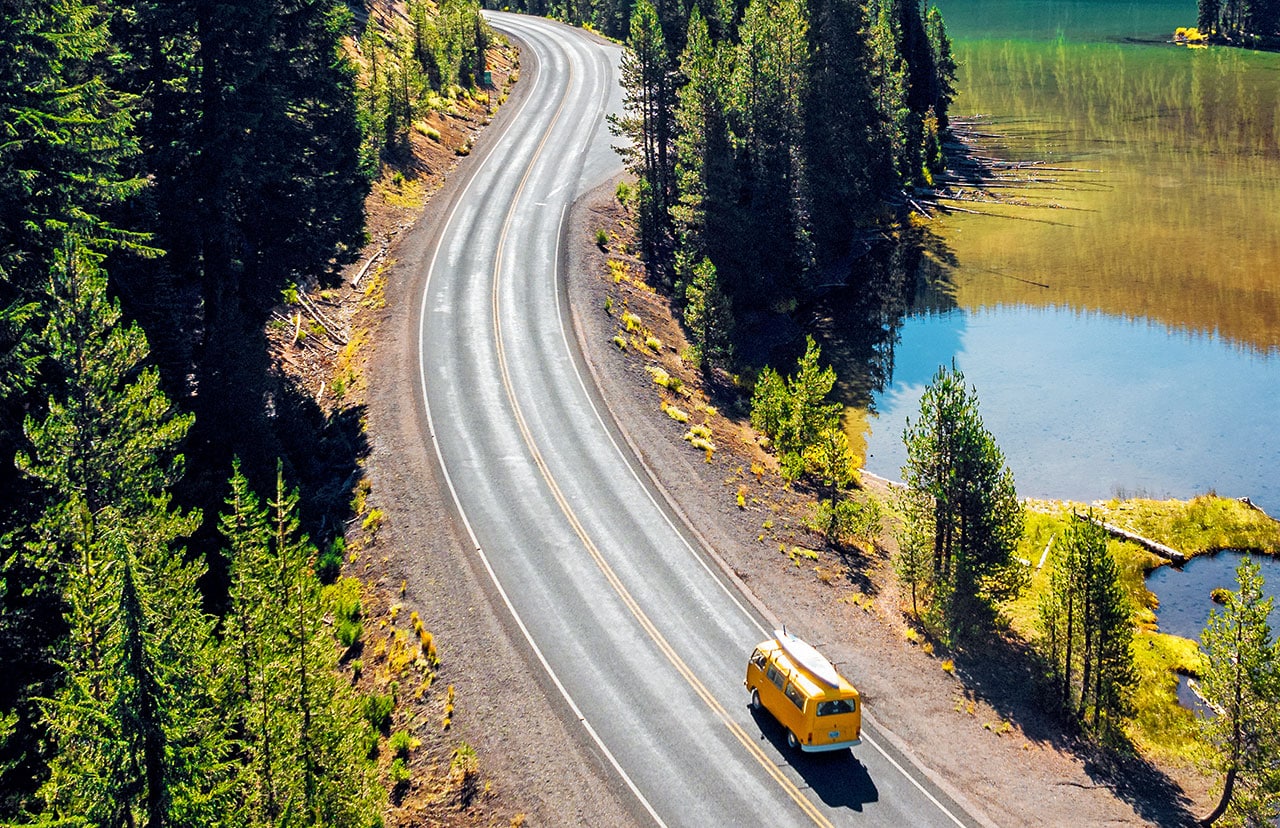Dry-Land Training Minimizes Injury and Maximizes Fun on the Slopes
As the summer heat wanes and the first hints of autumn appear, athletes in Bend are already gearing up for the winter sports season. The shoulder season, that transitional period before the snow blankets the slopes, is a crucial time for both competitive and recreational athletes alike to hone their skills, build strength and stay sharp. Whether you’re a lift junkie while downhill skiing or snowboarding, love to earn your turns in the backcountry, or prefer the endurance element of Nordic skiing, with a little thought, prep and foresight, you can make the most of this off-season and be ready for opening day.
According to Mandon Welch, a physical therapist at MW Physical Therapy and Sports Performance in Bend, core stability and hip strength are paramount for all winter sports disciplines. “You can’t shoot a cannon off of a canoe,” Welch said, highlighting the importance of a stable core. “Exercises focusing on trunk strength, axial stability and hip strength form the foundation of effective dry-land training. These areas are crucial for generating the force needed in sports like snowboarding and alpine skiing.”
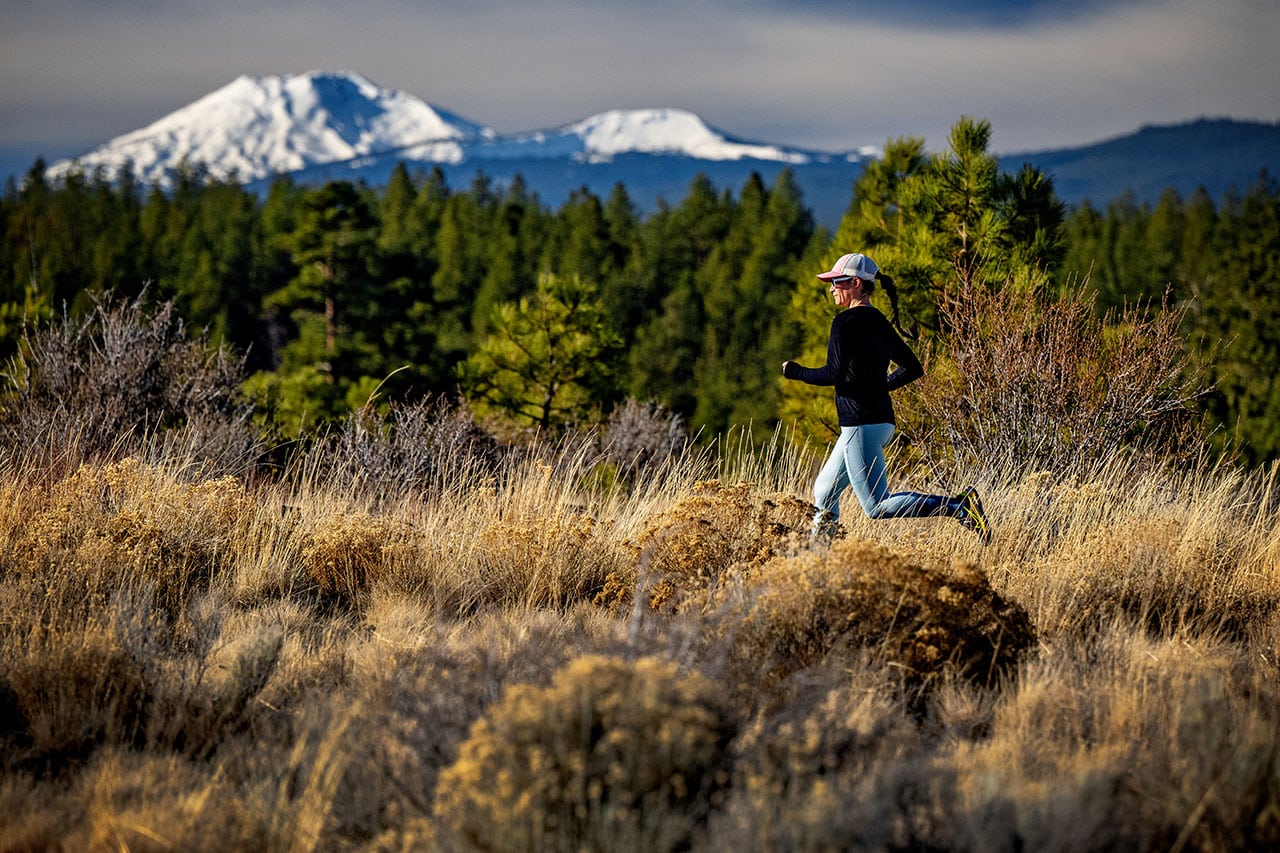
Welch also noted that flexibility, power and plyometric strength are integral components of winter sports conditioning. “Doing exercises that closely mimic the specific demands of each sport without actual snow is key,” he said. “If you can go into the season at a higher fitness level, it will significantly shorten the curve to be ready, making the transition from dry-land to snow that much easier.”
A good pre-season regime also helps to reduce injury among older athletes. “The most common ski injury is ACL ruptures,” he said, while Nordic tends to be mostly overuse injuries. “Keeping good strength across those foundational areas will help reduce that risk,” he added.
Mixing Up in the Off Season
In addition to focused gym workouts and training, US Ski Team athlete and three-time Olympian Tommy Ford says he likes to mix it up in the off-season to keep training both interesting and fun. “I’m always trying to find different cross training opportunities that are helpful,” said Ford. Rock climbing increases core strength and mobility, plus climbing is great for mental focus, explained Ford. “It pushes your limits. You’re tired, you might be exposed high up on a wall—it forces you to stay calm and keep focus to get to the top,” he said.
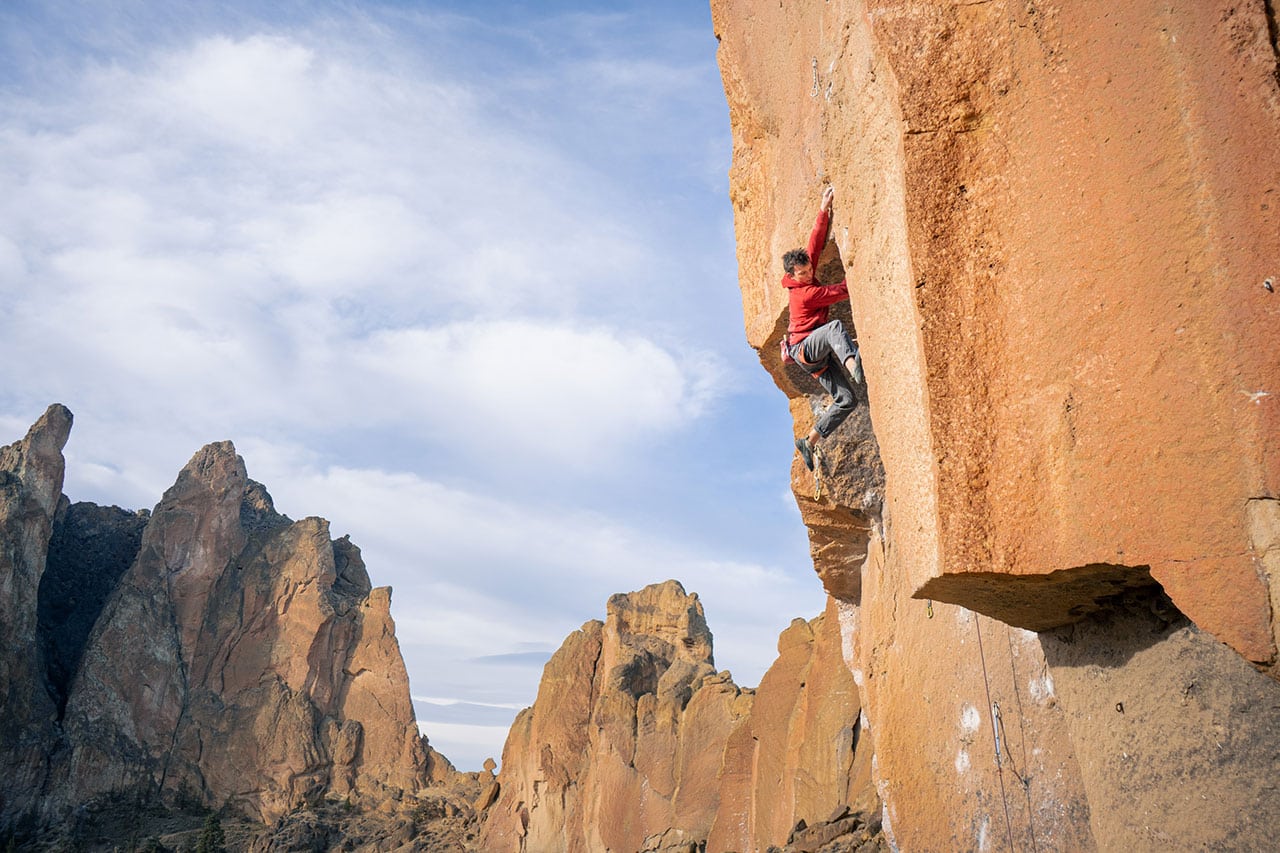
Former Summit High School athlete and now U.S. Snowboard Rookie Halfpipe Team member Elijah Pyle mountain bikes to train. “Going fast downhill through the trees is similar to snowboarding in that it forces you to be focused and gets you into that flow state,” he said. Trampoline training is another key element of Pyle’s shoulder-season routine, allowing him to practice tricks in a safer environment. “Trampolining helps you visualize and perfect tricks without the risk of injury on hard snow,” he said.
For Bendite and Montana State University Nordic skier Delaney Jackson, the off-season is all about making gains. “Roller skiing is probably the most beneficial exercise as it closely mimics the movements and techniques used in cross-country skiing,” Jackson said. Using adapted roller skates and ski poles with different tips, roller skiing allows cross-country skiers to skate along roads and paths before the snow falls. “I try to use paved bike paths as much as possible,” said Jackson. “Skyliners is classic for roller skiers, but I try to do a lot in the Tree Farm neighborhood because it’s great for interval training.”
How to Keep Motivated
For any winter sport athlete, another challenge can simply be staying motivated when conditions don’t allow them to practice their sport. Elijah Pyle explained that to keep his motivation high, he works out with fellow snowboarders and it helps everyone get better.
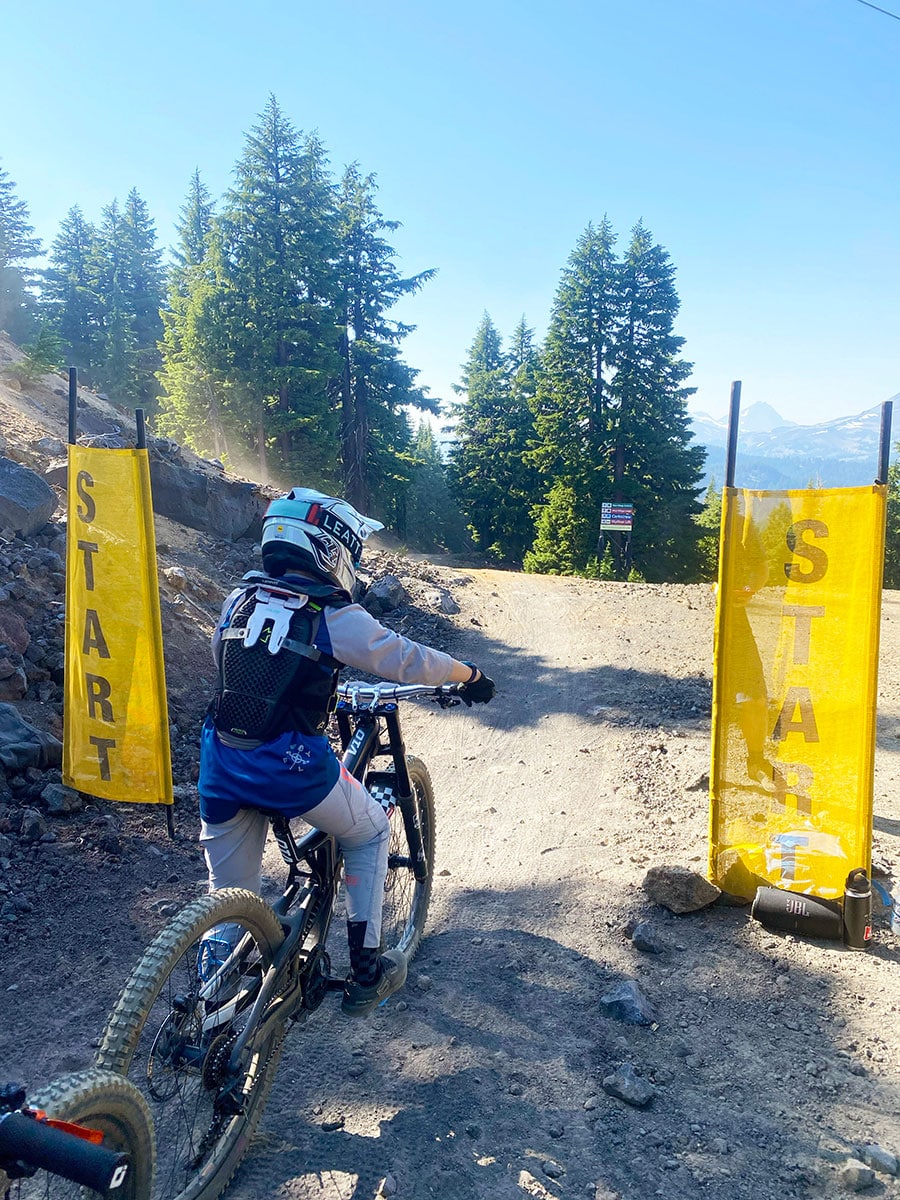
Pyle also shared how he keeps himself inspired by focusing on the more artistic side of his sport. “Watching old snowboarding movies is a great way to get you inspired,” he said. “Or do some art or [make] music. Sometimes that creative spirit is just as important as the technical ability.”
While not everyone in Central Oregon is a professional athlete, preparation into the shoulder season can pay dividends when the snow begins to fall.

